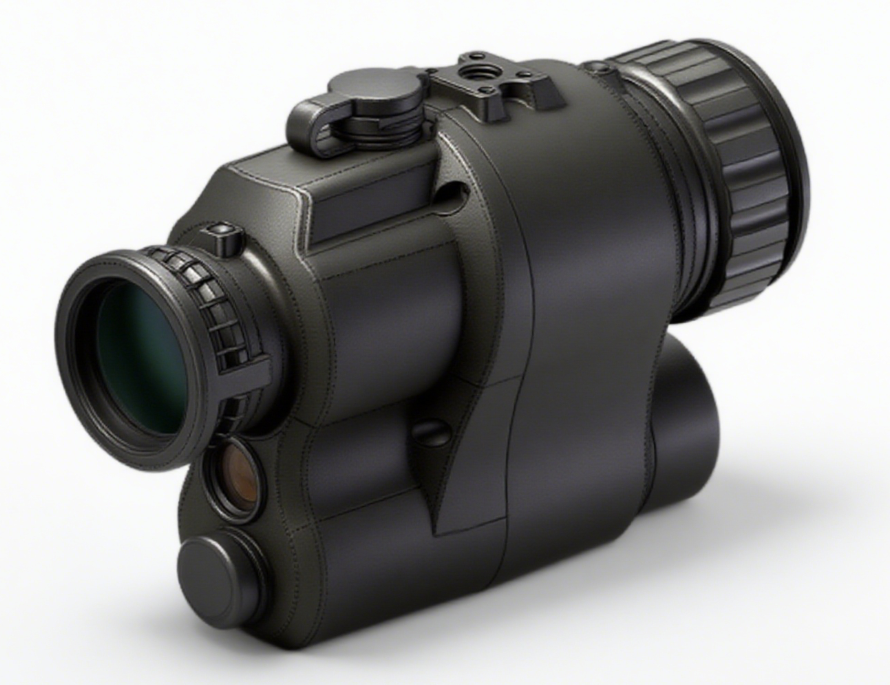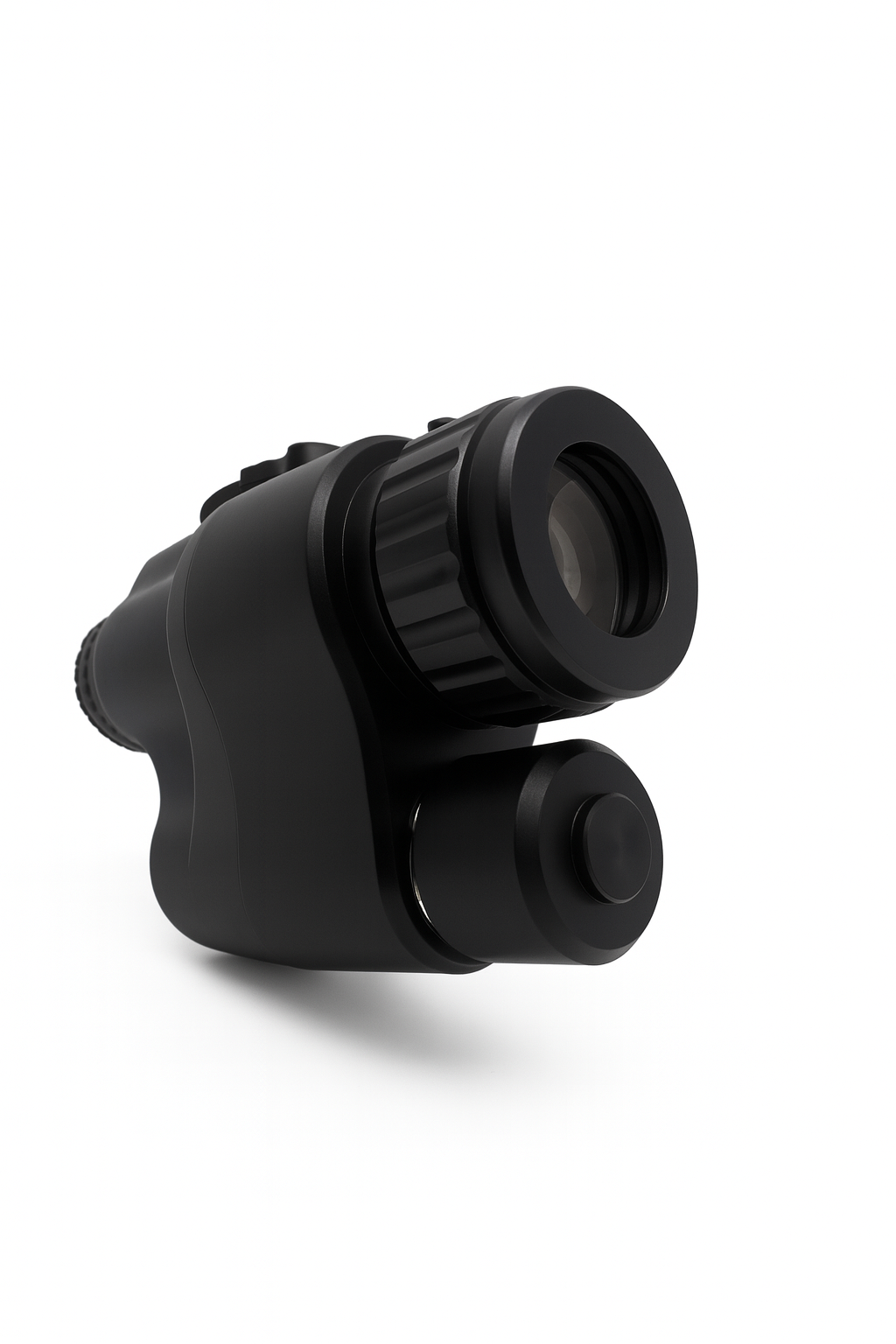Digital or Analog? What should consider for Night Vision Devices?
Time: 2025-09-17
Read: 149
Night Vision Devices, Digital or Analog?
When it comes to navigating the dark, night vision technology has long been a game-changer for industries ranging from security and wildlife observation to outdoor exploration. For decades, analog night vision devices (NVDs) dominated the market, but the rise of digital technology has sparked a fundamental shift in how we see in the dark. The question is no longer just about "which works better," but rather "which aligns with the needs of a connected, cost-conscious world" — and the answer, increasingly, leans toward digital. To understand why, let’s break down the strengths and weaknesses of both, with a focus on digital’s unique advantages, including a standout innovation from SVT (Smart Vision Tech,smartvision-tech.com): the SVG20F digital low-light full-color monocular.
Analog Night Vision: The Traditional Workhorse
Analog night vision, rooted in decades-old technology, operates on a simple principle: it amplifies existing ambient light (like moonlight or starlight) using a photocathode tube. This tube converts light photons into electrons, amplifies those electrons, and then projects them onto a phosphor screen to create a visible, green-tinted image.
Advantages of Analog
Immediate response: Analog devices have no lag, as the photon-to-electron conversion happens in real time — a minor benefit for tasks where split-second timing matters.
Proven durability: Many analog NVDs are built to withstand harsh conditions (e.g., extreme temperatures or shocks), making them reliable for military or industrial use.
Critical Limitations of Analog
No color, poor detail: Analog devices only produce green-tinted images, which strain the eyes over time and make it hard to distinguish fine details (e.g., identifying a person’s clothing or a wildlife species).
Dependence on IR Illumination: In extremely dark environments (e.g., a moonless night in dense forests), analog NVDs often require an IR illuminator to function. This not only adds bulk but also risks detection (IR light is invisible to the human eye but can be picked up by other night vision devices).
No internet integration: Analog devices are standalone tools — they can’t stream footage, share data, or connect to smartphones or cloud platforms. In an era where remote monitoring and real-time collaboration are essential, this lack of connectivity is a major drawback.
High long-term costs: While entry-level analog NVDs may seem affordable upfront, their photocathode tubes degrade over time (typically 1,500–3,000 hours of use) and require expensive replacements. Repairs are also specialized, adding to maintenance costs.
Digital Night Vision: The Connected, Innovative Alternative
Digital night vision reimagines low-light viewing by replacing analog tubes with image sensors (similar to those in smartphones or security cameras) and powerful software. Instead of amplifying light via electrons, digital devices capture faint light with a sensor, then process and enhance the image using algorithms — a approach that unlocks game-changing capabilities, especially in extreme darkness.
Why Digital Outshines Analog: Key Advantages
1. Internet Connectivity: Built for the Digital Age
Unlike analog NVDs, digital devices are designed with connectivity in mind. Most modern digital night vision tools (including SVT’s SVG20F) feature Wi-Fi or Bluetooth, allowing users to:
Stream real-time footage to smartphones, tablets, or laptops for remote monitoring (ideal for security teams or wildlife researchers working from a distance).
Share images and videos instantly via cloud platforms or social media.
Update firmware over the air to add new features (e.g., improved noise reduction or AI-based object detection) — something analog devices can never do.
This internet functionality turns a simple night vision tool into a collaborative, future-proof solution, aligning with the needs of smart homes, smart cities, and remote work cultures.
2. No IR fill Needed: See Color in Near-Total Darkness
The most revolutionary breakthrough in digital night vision is its ability to deliver clear, full-color images in extremely low light — without relying on IR illumination. This is made possible by two technologies: high-sensitivity image sensors and advanced AI-powered processing.
SVT’s SVG20F digital low-light full-color monocular is a prime example of this innovation. With a minimum usable illuminance of 0.0001 lux (equivalent to a moonless night with no artificial light), the SVG20F outperforms most analog NVDs in near-total darkness — and it does so in color. How?
AI ISP Technology: The SVG20F uses an AI-enhanced Image Signal Processor (ISP) that analyzes every pixel in real time. It reduces noise (grainy spots common in low light), enhances contrast, and preserves color accuracy, even when light is scarce.
Proprietary Smart Algorithms: SVT’s exclusive algorithms prioritize details that matter — for example, sharpening the edges of a tree branch or enhancing the color of a bird’s feathers — without over-saturating the image. The result is a natural, full-color view of the night, far more intuitive than analog’s green tint.
For users like wildlife photographers or homeowners monitoring their property, this means no more fumbling with IR illuminators or squinting at green blurs. The SVG20F turns "night" into "day" — in color.
3. Unbeatable Cost-Effectiveness
Digital night vision’s cost-effectiveness is its most compelling advantage. While some high-end digital devices match analog’s upfront price, their long-term value crushes traditional NVDs:
No tube replacement: Digital sensors have a lifespan of 10,000+ hours (far longer than analog tubes), so users won’t face costly tube replacements every few years.
Lower maintenance: Digital components are simpler to repair, and many issues (e.g., minor software glitches) can be fixed via firmware updates, eliminating the need for professional service.
All-in-one functionality: Digital devices often include features like video recording, time-lapse, and object tracking — functions that would require additional tools with analog NVDs. The SVG20F, for instance, records 1080p video and takes high-resolution photos, eliminating the need for a separate camera.
When you factor in these savings, digital night vision becomes not just a better performer, but a smarter investment.
SVT SVG20F: A Case Study in Digital Excellence
To put digital’s advantages into perspective, let’s dive deeper into the SVG20F — SVT’s flagship digital low-light full-color monocular. Designed for both professionals and enthusiasts, this device addresses every pain point of analog NVDs:
Extreme low-light performance: 0.0001 lux sensitivity means it works in environments where analog devices would fail without IR fill.
Full-color clarity: Thanks to AI ISP and SVT’s proprietary algorithms, it delivers natural color images, making it easy to identify objects or track movement.
Internet-ready: Wi-Fi connectivity lets users stream footage to their phones or share it with teammates, while firmware updates ensure the device stays up-to-date.
Compact and portable: Weighing just 250 grams, it’s lighter than most analog NVDs, making it ideal for hiking, hunting, or on-the-go security.
For users who once relied on analog, the SVG20F is a revelation: it offers better performance, more features, and lower long-term costs — all while fitting in a pocket.
Conclusion: Analog Isn’t Unaffordable — Digital Is Just More Cost-Effective
At the end of the day, the choice between analog and digital night vision isn’t about "can I afford analog?" — it’s about "what gives me the most value for my money?" Analog NVDs have their place in legacy systems, but they can’t match digital’s internet connectivity, color performance in extreme darkness, or long-term cost savings.
Devices like SVT’s SVG20F prove that digital night vision isn’t just a "better" option — it’s a more practical one. It turns night vision from a niche tool into a connected, versatile solution that adapts to how we live and work today. So, if you’re in the market for night vision, don’t just settle for what’s always been there. Choose digital: where innovation meets affordability, and the dark becomes a canvas of color and clarity.

 Chinese
Chinese



